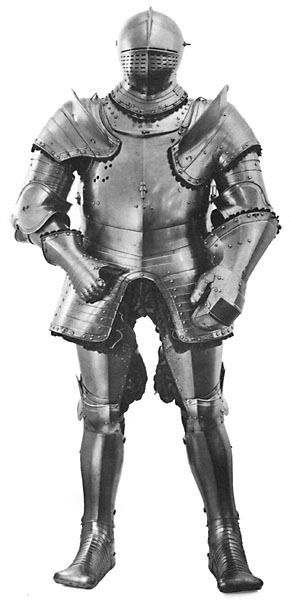Please read Seth Godin's "Brainwashed": http://changethis.com/manifesto/show/66.01.Brainwashed
According to Godin, “acknowledging the lizard” means that you must realize the part of your brain that makes you feel nervous, ashamed, or embarrassed about your work must be ignored in order to do your best. “Make art” especially spoke to me as a musician. This step for personal reinvention pushes you to let your guard down to create something new. Making art can yield very positive rewards. “Learn” also spoke to me. Gobin explains that this is no longer the process of learning your life-long career in school, but learning from mistakes and experiences throughout the ever-changing life of the modern person.
These layers are all connected to this very blog. I have been examining different types of media in which the artists all went through these phases of artistic expression. In all of the examples I have blogged about, these steps were taken, whether deliberately or unconsciously, but the people that made them.
Take the scene from Eraserhead for example. This is a clear case of both “acknowledging the lizard” and “making art”. David Lynch was obviously not concerned with being criticized or being laughed at for making this movie. The movie is a bizarre sequence of events that does not conform to the norms of the movie industry, also making it a true work of art. He also exhibits learning, as he progressed by leaps and bounds the making of this movie. He has learned the importance of both sound design and emotion in some of his newer works such as Mulholland Drive and Inland Empire.
The referenced musical works from both Tool and Russian Circles exhibit these layers also. They both acknowledge the lizard by creating songs that challenge pop norms. In Tool’s case (“Reflection”), the band wrote a song based on tribal rhythms and lyrics that go deep into spirituality and self-reflection (no pun intended). Russian Circles (“Fathom” and “Philos”) exhibits this layer by having widely different musical styles for songs on the same album and excluding vocals altogether. As such, both bands are creating works of art. Both bands also show the “learning” layer. Tool has evolved into a much more spiritual group than what it started out as, and Russian Circles continue to experiment with different genres and adding & subtracting different instruments.
These layers and subsequently noticing them in others’ works will definitely help grow into a better person. As an artist, I can take notice of ideas that are artistic, challenge the status quo, and learn from them. I am able to apply new ideas to my own musical endeavors. For example, I have tried out tribal rhythms on the drum set (inspired by Tool) and my band City of Wolves has experimented with numerous different genres (inspired by Russian Circles). My other band MBANZA has been experimenting with a large amount of world instruments, no doubt inspired by bands like Russian Circles who are not afraid to go against Western standards. As a student in Media especially, I have been incorporating these ideas into my studies without even realizing it. All quarter in this class I have been creating media-based works of “art” without caring about criticisms from my peers (only about some grading criteria) and learning through the experience of creating rather than through lectures alone.















